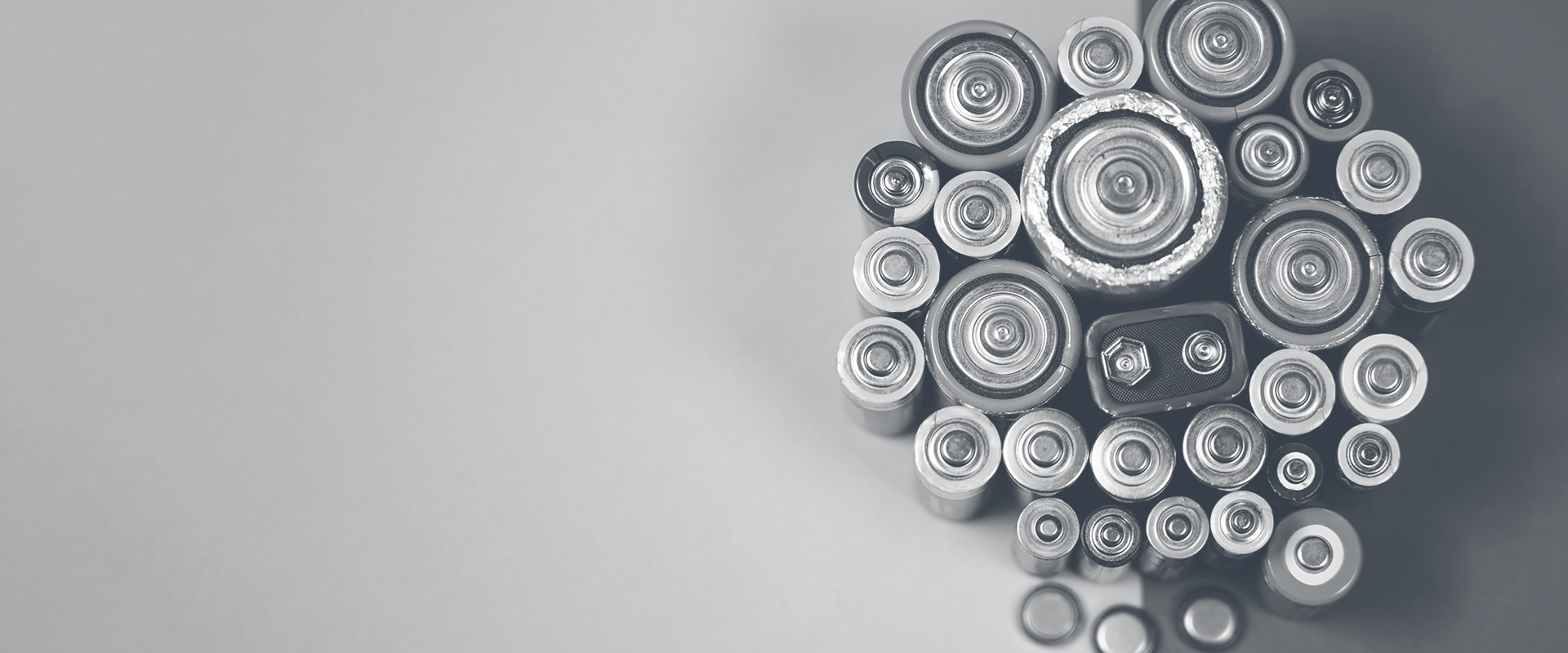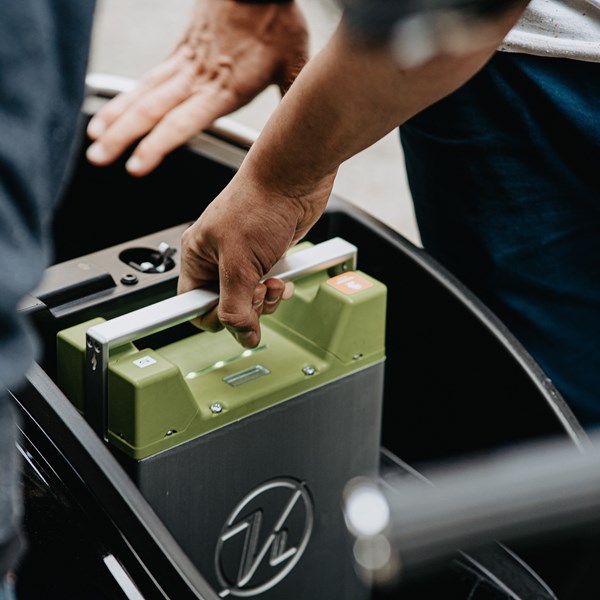As recently reported in bestmag, the Joint Center for Energy Storage Research (JCESR) has over 30 patents for licensing to existing and start-up companies that are technically and financially capable of turning early-stage technology into commercial products.
JCESR’s website comments that they “work to negotiate fair and reasonable license agreements that are beneficial to both parties. We also collaborate with our licensees to help ensure these technologies are a success in the commercial world.”
JCESR’s patents focus on technology in the “beyond lithium-ion” space. In particular, the technology can be broken down into four areas:
- Flow battery technologies
- Multivalent-ion battery technologies
- Lithium-Sulfur (Li-S) battery technologies
- Solid-state lithium-metal battery technologies
While all patents listed on the website are US patents, a look on the public register shows that JCESR also have a number of pending applications directed to some of the same technologies in key territories such as Australia, China, Europe and Japan. Notable claims from selected patents across all four technology areas are shown in the table below.
|
Battery Technology Area |
Patent |
Notable Claims |
Territories |
|
Flow batteries |
US10992003 – Air-breathing aqueous sulfur rechargeable batteries |
1. An electrochemical apparatus comprising: a catholyte comprising at least one metal salt dissolved in water, thereby providing at least one metal ion; |
Granted in the US. Equivalent, pending applications in Australia, China, Europe, Japan. |
|
Multivalent-ion |
US10090519 – Magnesium electrochemical cells |
1. An electrochemical cell comprising: a cathode comprising at least 80 wt % of an early transition metal fluoro-bronze comprising MoO2.8 F0.2 and having a layered structure; |
Granted in the US. |
|
Lithium-sulfur |
US10319989 – Systems and methods of preparing lithium sulfur electrode using sacrificial template |
1. A method for preparing a sulfur electrode comprising: (a) combining sulfur powder, at least one lithium salt, and an electrically conductive solid; (b) heating the combination of step (a) at a temperature sufficient to melt the sulfur powder but not the lithium salt, thereby causing at least a portion of the sulfur to redistribute in the electrically conductive solid forming a composite; (c) cooling the composite to solidify the sulfur; and (d) extracting at least a portion of the lithium salt from the composite with a solvent. 17. A sulfur electrode mixture, comprising an electrically conductive solid and at least one lithium salt and sulfur, substantially free of electrolyte, wherein the lithium salt and sulfur are present in particulate form, and the particles of sulfur have a particle size ranging from about 5 nm to about 500 μm. |
Granted in the US only. |
|
Solid-state lithium-metal |
US10367189 – Anode-free rechargeable battery |
1. An assembled rechargeable cell comprising: in a state having charge, (a) an anode current collector, (b) a cathode containing lithium cations intercalated within the cathode, (c) a separator positioned between the anode current collector and the cathode, (d) a liquid electrolyte including a salt or salt mixture dissolved in a solvent or solvent mixture, wherein the salt or salt mixture comprises lithium bis(fluorosulfonyl)imide (LiFSI), lithium hexafluoroarsenate (LiAsF6), lithium trifluoromethanesulfonate (LiCF3SO3), lithium bis(trifluoromethanesulfonyl)imide (LiTFSI), lithium bis(oxalato)borate (LiBOB), lithium difluoro(oxalato)borate (LiDFOB), lithium perchlorate (LiClO4), lithium tetrafluoroborate (LiBF4), or a mixture thereof, wherein the solvent is an ether or solvent mixture which comprises 1,2-dimethoxyethane (DME), diglyme, triglyme, tetraglyme, diethyl ether, 1,3-dioxolane, 1,4-dioxane, tetrahydrofuran, 2,5-dimethyltetrahydrofuran, ethylene carbonate, propylene carbonate, dimethyl carbonate, ethyl methyl carbonate, diethyl carbonate, vinylene carbonate, fluoroethylene carbonate, vinyl ethylene carbonate, trimethyl phosphate, triethyl phosphate, triphenyl phosphate, tris(2,2,2-trifluoroethyl)phosphate, tris(2,2,2-trifluoroethyl)phosphite, dimethyl sulfone, ethyl methyl sulfone, sulfolane, sulfoxide, acetonitrile, propionitrile, butyronitrile, or a mixture thereof, wherein the concentration of the lithium cation in the electrolyte is between 3-8 M, wherein the separator is infused with the electrolyte including the salt or salt mixture dissolved in the solvent, and wherein the salt or salt mixture and the solvent or solvent mixture are selected to provide the assembled rechargeable cell with an average Coulombic Efficiency of at least 99% after the first ten cycles, and (e) an in situ-formed anode on a surface of the anode current collector facing the separator; and in an uncharged state, (a) the anode current collector, wherein the assembled rechargeable cell does not comprise an anode in the uncharged state, (b) the cathode containing lithium cations intercalated within the cathode, (c) the separator positioned between the anode current collector and the cathode, and (d) the liquid electrolyte including a salt or salt mixture dissolved in a solvent or solvent mixture. |
Granted in the US only. |
JCESR demonstrate how to commercially exploit a strong intellectual property portfolio using a licensing strategy. This is an example of why patents and other IP should not be ignored by research institutes, even if they have no intention of scaling-up and bringing the technology to market themselves.
Potter Clarkson have experts in the field of energy storage and develop IP strategies that use patents, designs, trade marks and trade secrets to protect the products of innovative companies. Potter Clarkson also have a team of experienced licensing experts to help devise and execute licensing strategies.







